There are few environments as unforgiving as the ocean. Its unpredictable weather patterns and limitations in terms of communications have left large.
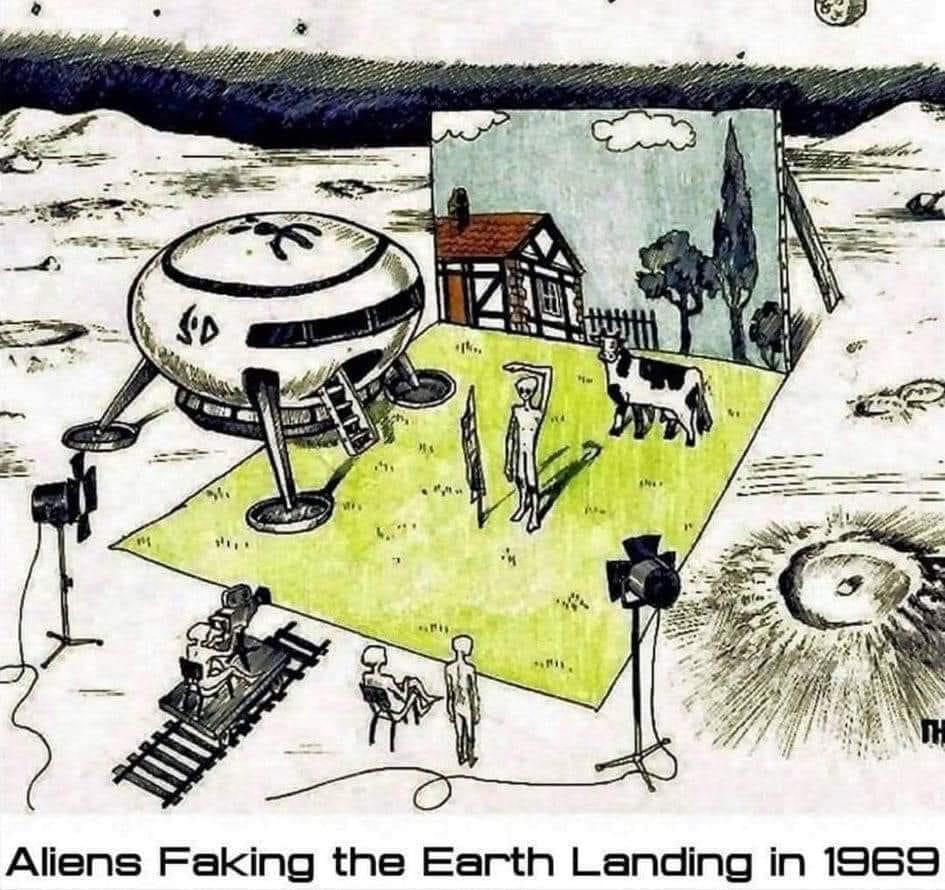

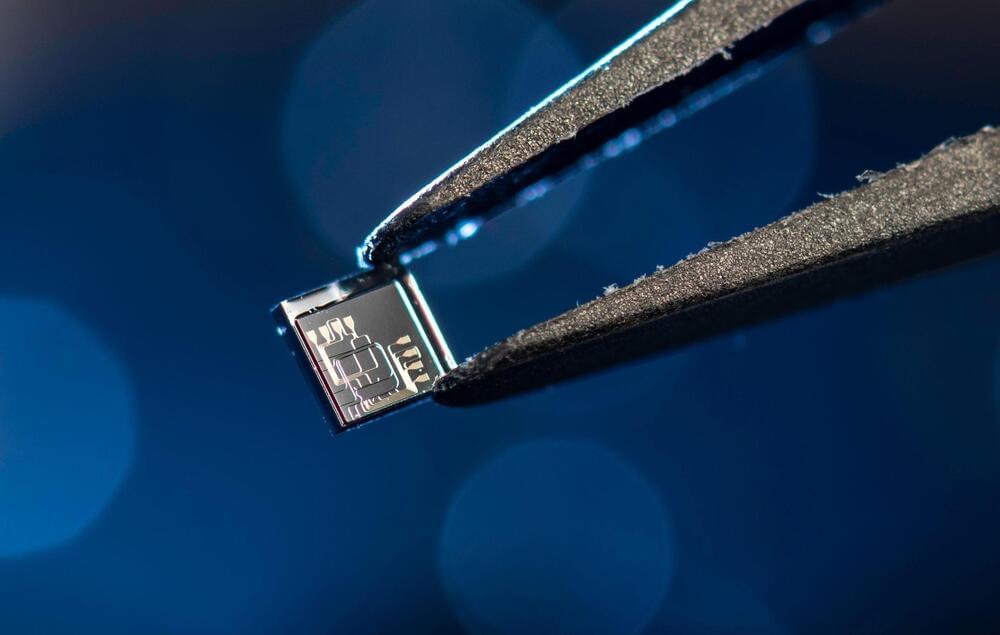
Researchers at University of Rochester’s Institute of Optics for first time distill novel interferometry into a photonic device.
University of Rochester researchers for the first time package a way of amplifying interferometric signals using inverse weak value amplification —without increase in extraneous input or “noise”—on an integrated photonic chip.
By merging two or more sources of light, interferometers create interference patterns that can provide remarkably detailed information about everything they illuminate, from a tiny flaw on a mirror, to the dispersion of pollutants in the atmosphere, to gravitational patterns in far reaches of the Universe.

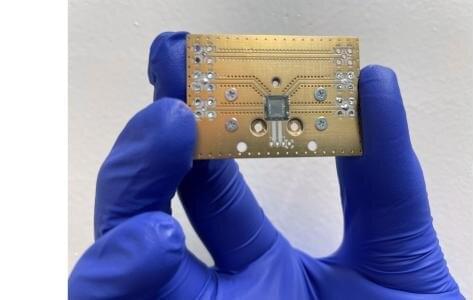
Quantum science holds promise for many technological applications, such as building hackerproof communication networks or quantum computers that could accelerate new drug discovery. These applications require a quantum version of a computer bit, known as a qubit, that stores quantum information.
But researchers are still grappling with how to easily read the information held in these qubits and struggle with the short memory time, or coherence, of qubits, which is usually limited to microseconds or milliseconds.
A team of researchers at the U.S. Department of Energy’s (DOE) Argonne National Laboratory and the University of Chicago has achieved two major breakthroughs to overcome these common challenges for quantum systems. They were able to read out their qubit on demand and then keep the quantum state intact for over five seconds—a new record for this class of devices. Additionally, the researchers’ qubits are made from an easy-to-use material called silicon carbide, which is widely found in lightbulbs, electric vehicles and high-voltage electronics.
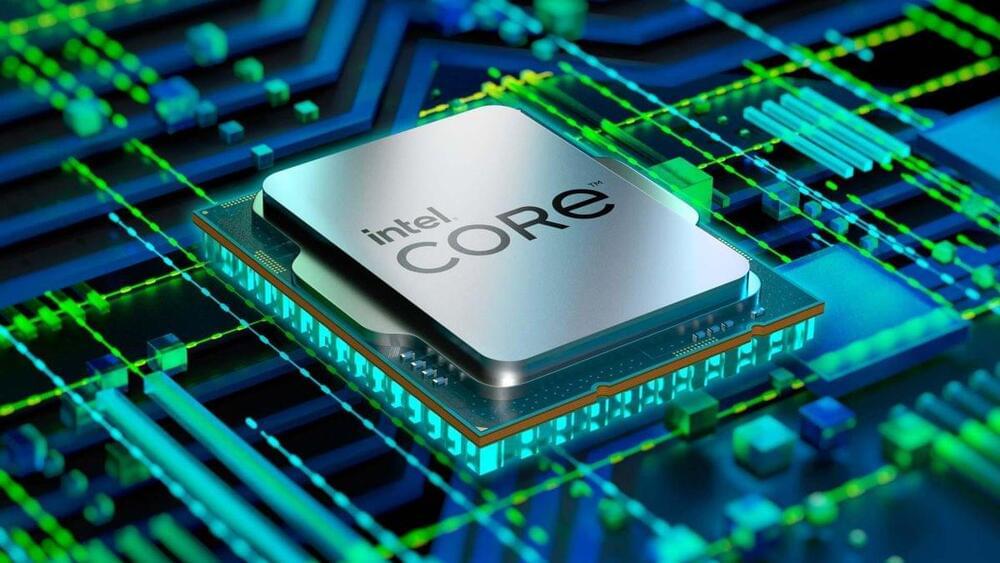
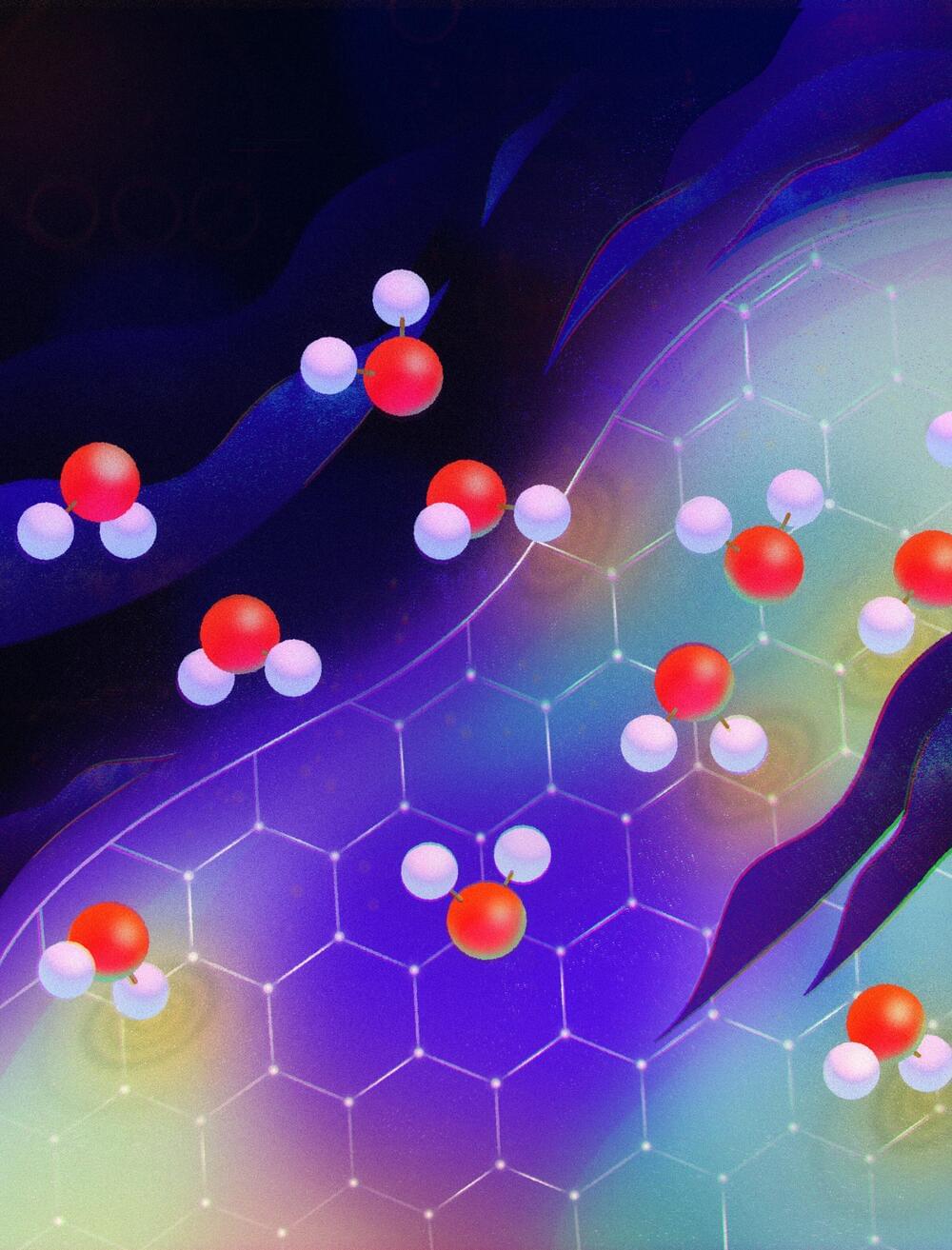
For 15 years, scientists have been baffled by the mysterious way water flows through the tiny passages of carbon nanotubes—pipes with walls that can be just one atom thick. The streams have confounded all theories of fluid dynamics; paradoxically, fluid passes more easily through narrower nanotubes, and in all nanotubes it moves with almost no friction. What friction there is has also defied explanation.
In an unprecedented mashup of fluid dynamics and quantum mechanics, researchers report in a new theoretical study published February 2 in Nature that they finally have an answer: ‘quantum friction.’
The proposed explanation is the first indication of quantum effects at the boundary of a solid and a liquid, says study lead author Nikita Kavokine, a research fellow at the Flatiron Institute’s Center for Computational Quantum Physics (CCQ) in New York City.
Seattle-based software company Pluto VR has brought its virtual reality streaming platform PlutoSphere into Early Access.
Initially announced in February 2021, PlutoSphere allows its users to stream VR applications to a headset without the need for a local computer, in order to dramatically reduce the cost of entry for virtual reality. Instead of building a new rig around VR compatibility, you can theoretically just get a headset, then run everything from every library you own via data streaming.
PlutoSphere is currently compatible with the Oculus Quest and Quest 2, with plans to support other headsets and mobile devices in the future. It also requires a 5 Ghz WiFi 6 Internet connection, 50 Mbps of bandwidth, a Steam account, and less than 100ms ping to an Amazon Web Services region.

On November 16, during its online Quantum Summit, IBM announced that it had successfully completed initial development of the 127-qubit (quantum bit) Eagle quantum computer. Last year, IBM’s Hummingbird quantum computer handled 65 qubits, and, the year before that, the company’s Falcon quantum computer was handling calculations using 27 qubits. So the company has been steadily increasing the number of qubits that its quantum machines can handle, roughly doubling the number of operational qubits in its quantum machines on an annual basis. However, the Eagle quantum computer is the last member of IBM’s Quantum System One family. Designs have reached the limit of the cryogenic refrigerator used to cool the Josephson Junctions that hold the qubits, so IBM has had to work with Bluefors Cryogenics to develop a new, larger cryogenic platform for bigger machines.
If you don’t understand qubits or how quantum computers work, join the club. Nothing in the binary word of today’s digital computers prepares you to understand quantum computing, although there are some superficial similarities. For example, quantum computers store data in qubits just as digital computers store data in bits. However, a bit can store only a “1” or a “0.” Each qubit stores both a “1” and a “0” at the same time in a state of superposition. Consequently, information density is much higher for qubit storage.
Further, qubits can be entangled, a phenomenon that Albert Einstein once described as “spooky action at a distance.” Quantum entanglement, a property of the quantum world, was once the stuff of science fiction. However, it’s quite real and an important part of quantum computing.
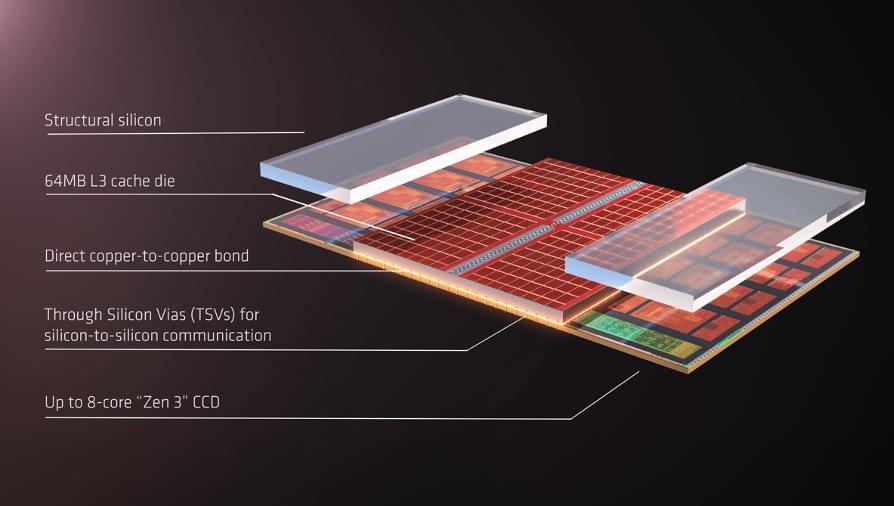
Hybrid bonding opens up whole new level of performance in packaging, but it’s not the only improvement.
The first wave of chips is hitting the market using a technology called hybrid bonding, setting the stage for a new and competitive era of 3D-based chip products and advanced packages.
AMD is the first vendor to unveil chips using copper hybrid bonding, an advanced die-stacking technology that enables next-generation 3D-like devices and packages. Hybrid bonding stacks and connects chips using tiny copper-to-copper interconnects, providing higher density and bandwidth than existing chip-stacking interconnect schemes.
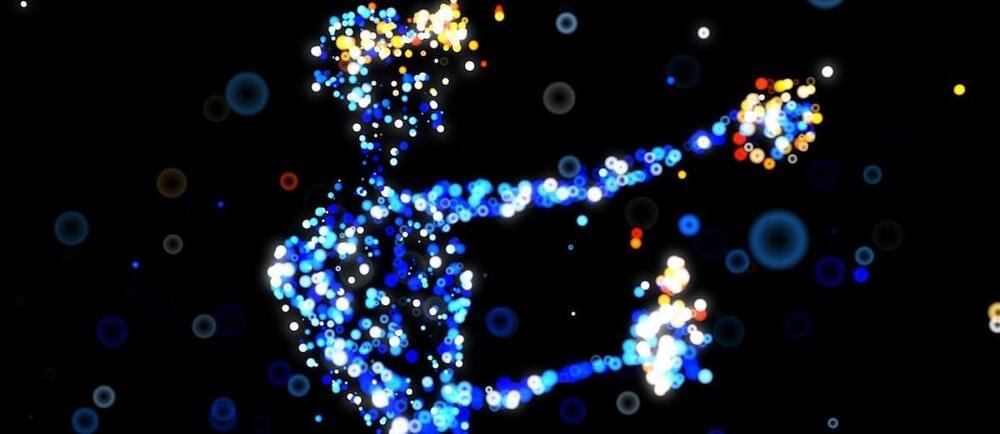
When I was ten years old, I discovered computers. My first machine was a PDP-10 mainframe system at the medical center where my father worked. I taught myself to write simple programs in the BASIC computer language. Like any ten-year-old, I was especially pleased to discover games on the computer. One game was simply labeled “ADVENT.” I opened it and saw:
You are standing at the end of a road before a small brick building. Around you is a forest. A small stream flows out of the building and down a gully.
I figured out that I could move around with commands like “go north” and “go south.” I entered the building and got food, water, keys, a lamp. I wandered outside and descended through a grate into a system of underground caves. Soon I was battling snakes, gathering treasures, and throwing axes at pesky attackers. The game used text only, no graphics, but it was easy to imagine the cave system stretching out below ground. I played for months, roaming farther and deeper, gradually mapping out the world.